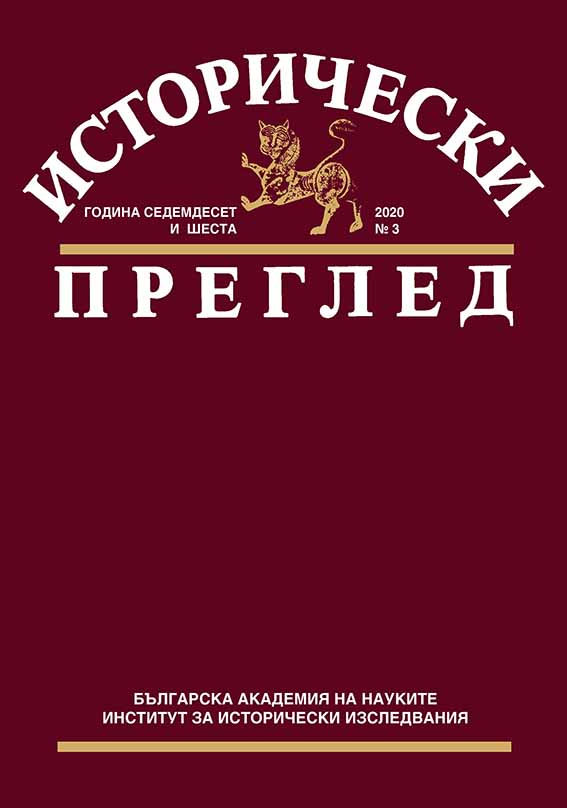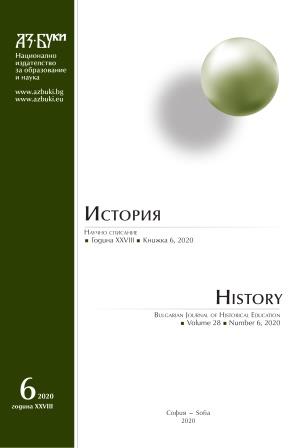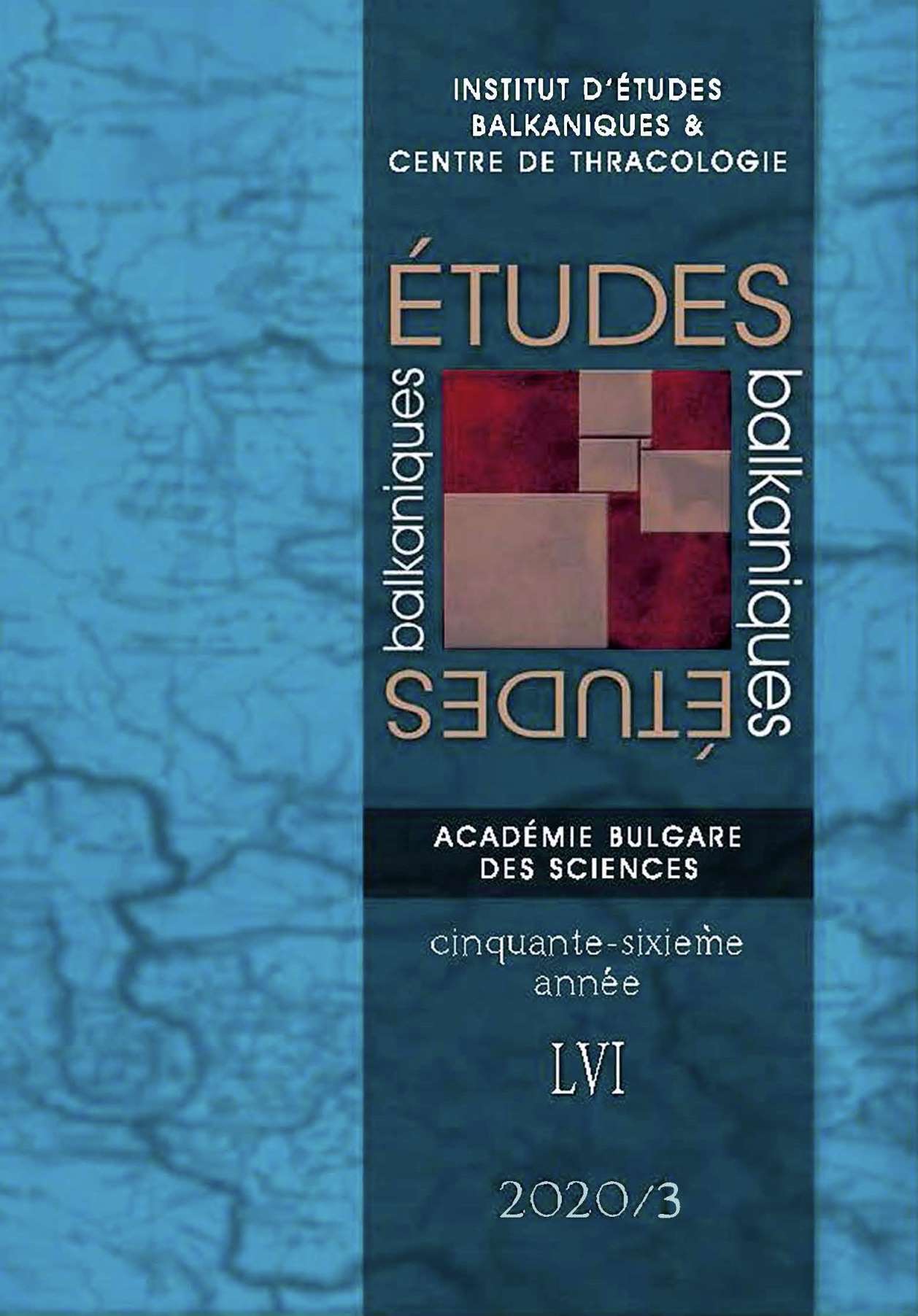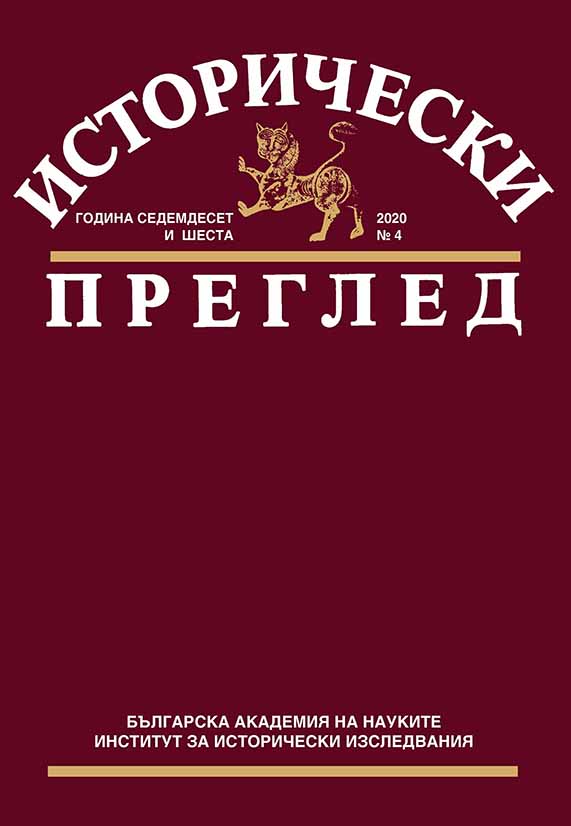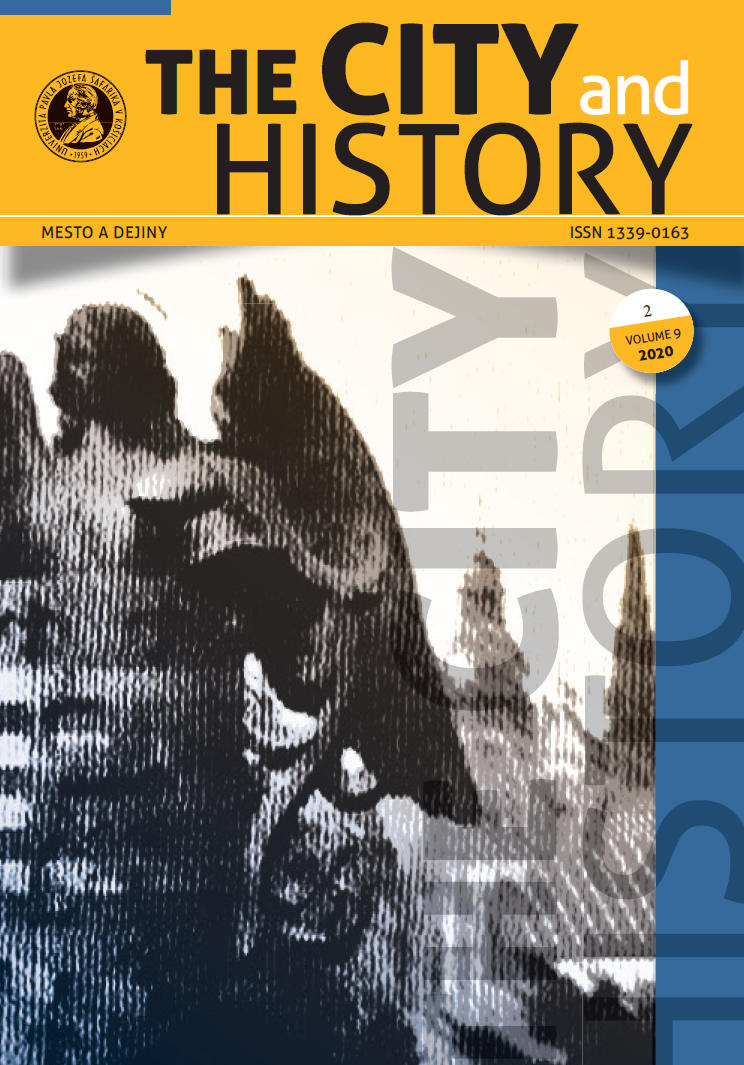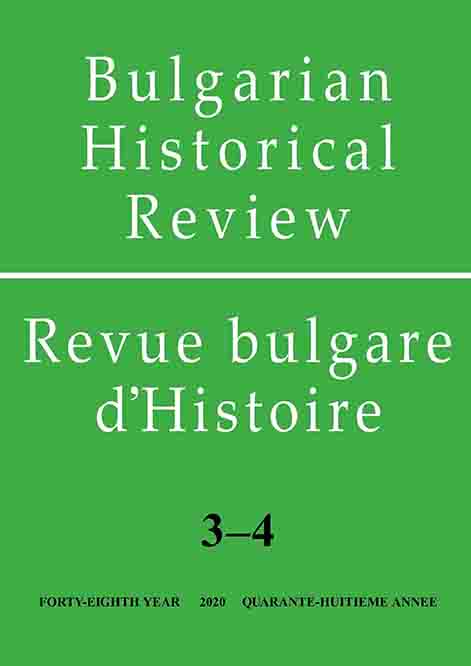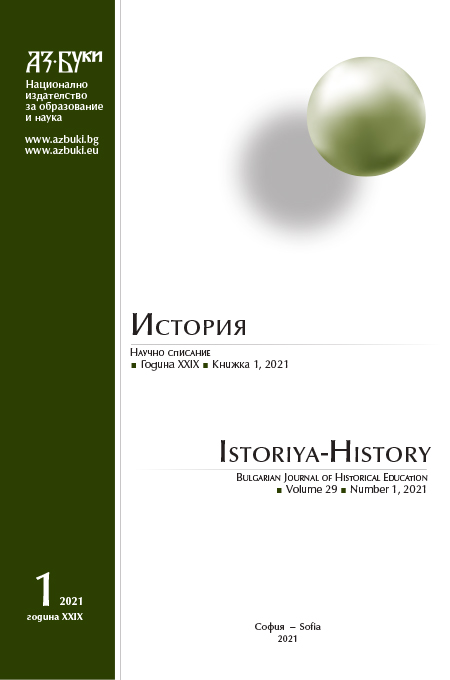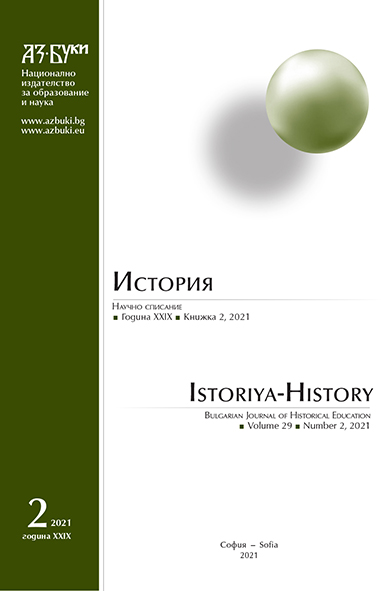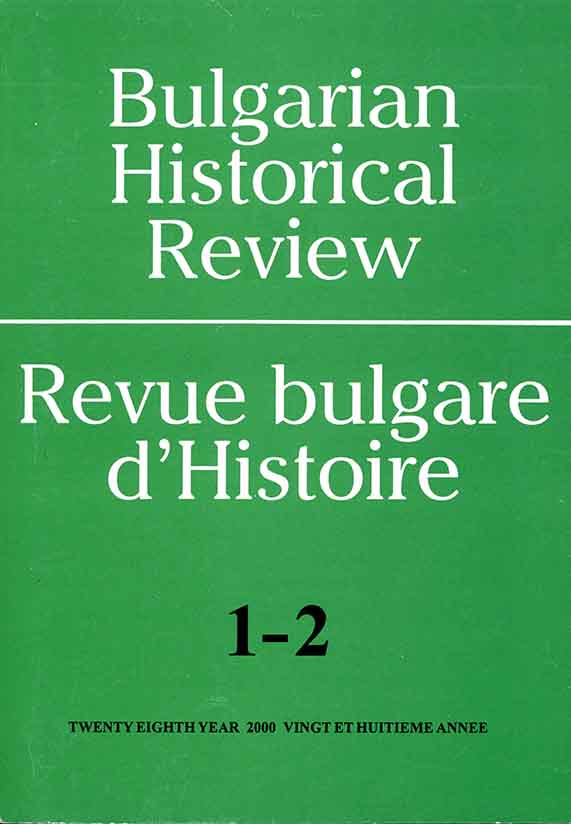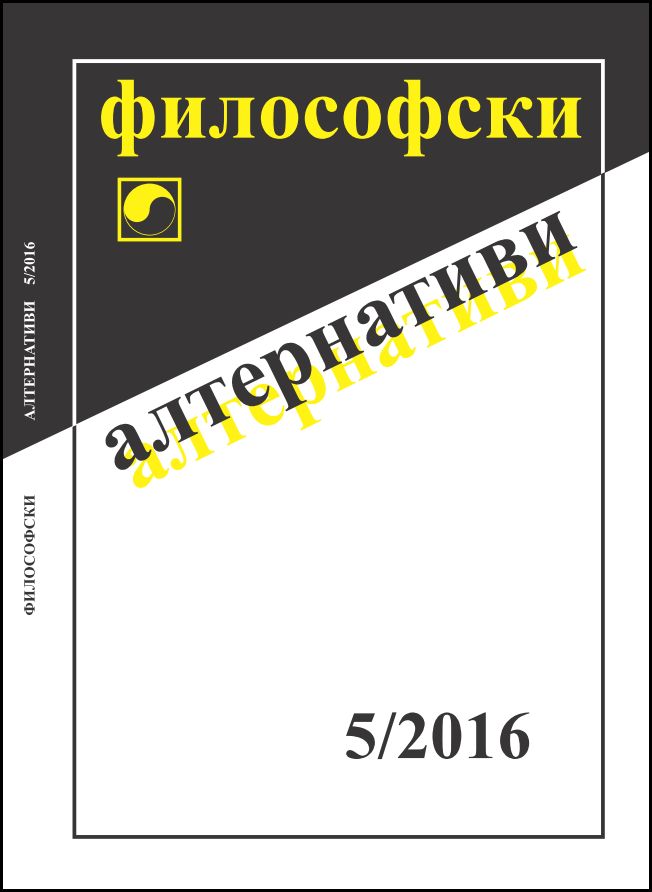
Георгий Плеханов versus Фридрих Алберт Ланге
Georgij Plekhanov (1856–1918), the “father” of the Russian social-democratic movement, was one of the earliest writers who attempted to interpret the history of philosophy from the dialectical materialist standpoint. In the present article, Plekhanov’s approach to the history of philosophy is compared with the approach of the neo-Kantian philosopher Friedrich Albert Lange (1828–1875), whose book Geschichte des Materialismus greatly influenced the social-democratic thinkers of the revisionist current. Plekhanov disagreed with Lange on crucial issues, going as far as to accuse him of having contributed to the spread of a completely false notion of the essence and history of materialism. The aim of this article is to bring into focus the main differences between the two authors as regards their views on the history of materialism, and to outline the importance of “Plekhanov’s heritage” for the development of Soviet philosophical historiography.
More...
